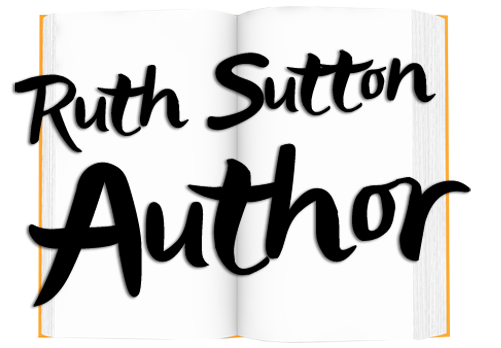Louise D oughty had a profound impact on my fiction writing when I first met her on an Arvon course in 2008 called ‘How to Write novel’. She was already a well-published author, although not as famous and celebrated as she has since become. More importantly for me at the time, she was an inspirational teacher. I wonder if she has the time to do similar courses these days?
oughty had a profound impact on my fiction writing when I first met her on an Arvon course in 2008 called ‘How to Write novel’. She was already a well-published author, although not as famous and celebrated as she has since become. More importantly for me at the time, she was an inspirational teacher. I wonder if she has the time to do similar courses these days?
Recently I met her again at the Killer Women day in London, and bought her book ‘Apple Tree Yard’ which she signed for me. Since then I’ve tried to read the book, and thought about a plot device she uses known as ‘foreshadowing’, where the writer obliquely alerts the reader to a future development. The caricature of this device would be – ‘Little did she know that…’, or ‘If only he’d known then that…’. The foreshadowing in ‘Apple Tree Yard’ was more subtle than that, but it served the same purpose.
The first time foreshadowing was used in ‘Apple Tree Yard’, I was interested. The second time I was surprised. The third time I was irritated, and after that I gave up. I felt I was being manipulated, and it annoyed me. The text was also dense with detail, which had to be ploughed through to get to the plot twist that had been dangled in front of me. I found myself flicking ahead. Delayed gratification of one’s curiosity clearly doesn’t work well for me.
Now I’m wondering, what are the limits to using the foreshadowing device? Its repetition in this story must have been considered carefully, and survived – I suspect – some discussions with the editor. Writer and editor must have decided on the final form, and not bothered that a reader like me might find it clunky and intrusive. ‘Apple Tree Yard’ has been widely praised, so the critics too must have found the foreshadowing device more acceptable than I did. Maybe I’m just too impatient and perverse to let myself be pulled by the nose through the story, because that’s the way it felt.

Recent Comments